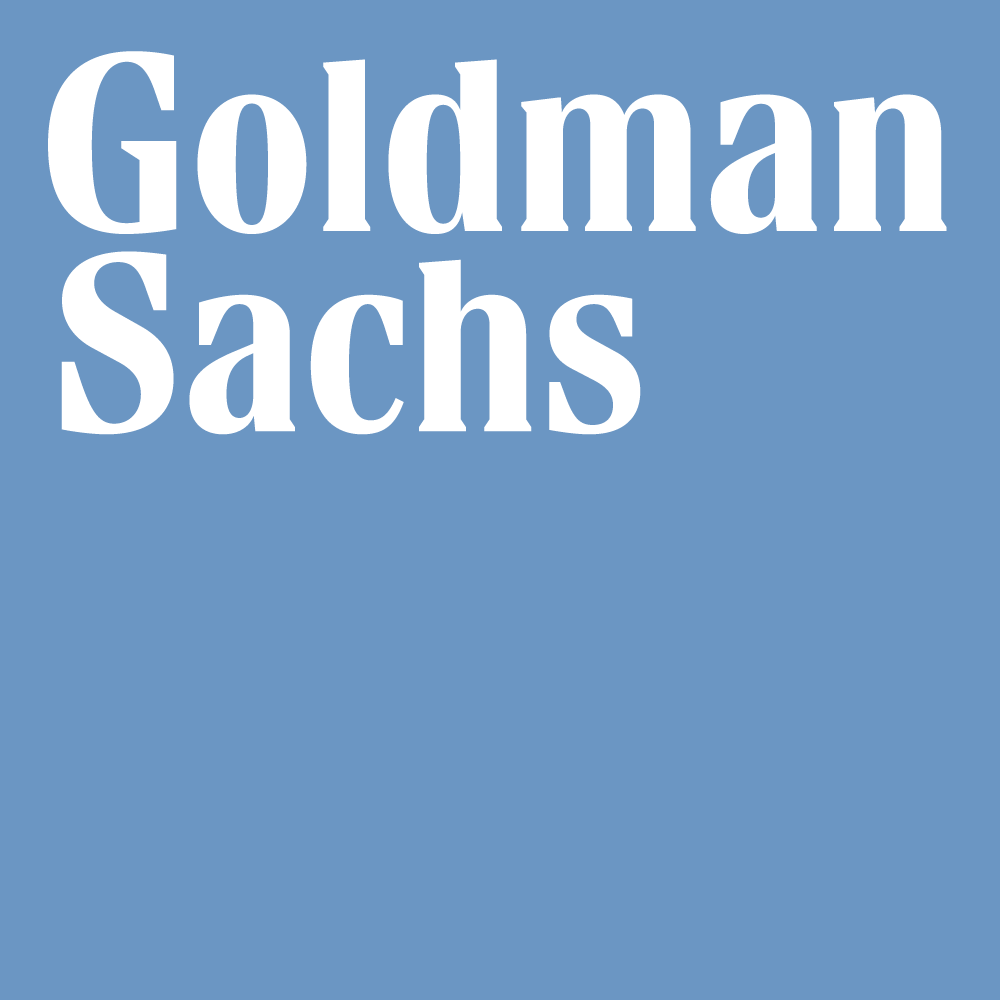
Goldman Sachs Product Designer Case Interview — Internal Trading/Risk Tools (Engineering-Aligned)
This case simulates designing a data‑dense internal tool for Goldman Sachs’ Global Markets and Risk stakeholders, reflecting the firm’s client-service ethos, rigor, and strong risk/compliance culture. You’ll be given a prompt such as: “Design a real‑time cross‑asset risk and trade‑exception dashboard used by traders, sales, and control functions.” The interviewer expects structured problem framing, an ability to translate complex financial workflows into usable interfaces, and pragmatic collaboration with engineering. What it covers at Goldman Sachs: 1) Problem framing and stakeholder mapping: Identify primary users (e.g., trader, sales, risk officer, compliance analyst) across Investment Banking/Global Markets handoffs. Clarify objectives (e.g., reducing exception resolution time, improving situational awareness), constraints (SOX/SEC/FINRA record‑keeping, audit trails, role‑based access, PII handling), and latency/uptime expectations typical for front‑office systems. 2) Workflow and information architecture: Sketch the end‑to‑end exception triage flow (alert → investigate → escalate → resolve → attest). Define navigation, states (pre‑open, intraday, post‑close), and role‑specific views while minimizing context switching and preserving an auditable trail. 3) Data‑dense interaction design: Propose patterns for high‑frequency, high‑volume data: configurable tables/blotters, inline filters, heatmaps/sparklines, real‑time alerting, keyboard‑first shortcuts, and bulk actions. Address noisy signal suppression, progressive disclosure, and safe defaults to reduce error risk under time pressure. 4) Risk, compliance, and controls: Bake in explainability (why an alert fired), supervisory sign‑offs, entitlements/permissions, immutable logs, export policies, and sensible redaction. Show how UI communicates partial/outage states without misleading users. 5) Technical pragmatism and delivery: Discuss partnering with engineering on data contracts, fallback behavior for stale feeds, performance budgets, and leveraging the firm’s internal design system and tokens. Call out how you would instrument usage and measure success (e.g., MTTR for exceptions, error rates, task completion time, adoption of keyboard flows). 6) Trade‑offs and iteration: Make explicit trade‑offs between speed, accuracy, and complexity; propose an MVP and phased rollout that aligns with control frameworks and global desks’ needs. Format and expectations (typical): - 5–7 min to clarify the brief and constraints - 25–30 min to whiteboard flows and mid‑fidelity wireframes (Miro/FigJam acceptable); narrate rationale - 10–12 min deep‑dive on risk/compliance, edge cases, and failure modes - 8–10 min on metrics, experimentation within regulatory guardrails, and engineering handoff - 3–5 min Q&A Evaluation rubric used by interviewers: structured thinking under ambiguity; fluency with enterprise/markets workflows; data‑dense UI craft and accessibility; risk and compliance awareness; communication with non‑design partners; engineering pragmatism; and alignment to Goldman Sachs’ Business Principles (client focus, excellence, integrity, teamwork). Expect follow‑ups that probe for security/entitlements, global time‑zone workflows, and how you’d validate designs with front‑office users without disrupting the desk.
8 minutes
Practice with our AI-powered interview system to improve your skills.
About This Interview
Interview Type
PRODUCT SENSE
Difficulty Level
4/5
Interview Tips
• Research the company thoroughly
• Practice common questions
• Prepare your STAR method responses
• Dress appropriately for the role